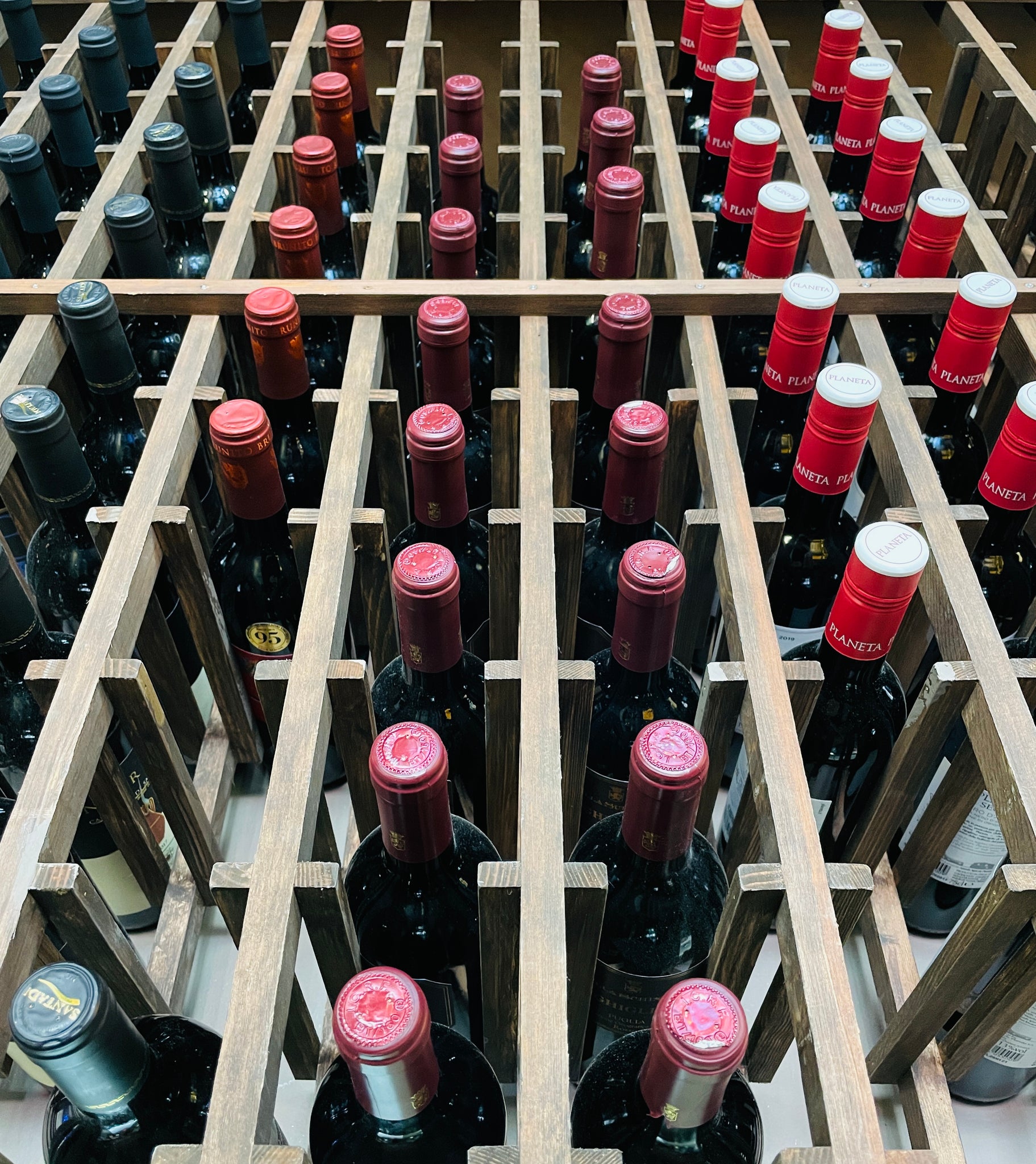New Old World Wines
Here at Limoncello we’re well aware of the many, many Italian stereotypes. Some we’re happy to play along with, such as proclaiming loudly to everyone around that we’re the best at what we do. But others we want to challenge. Like the stereotypical assumption that all Italian wines are light, fruity and approachable. And nothing more.
New Old World
It’s easy to see where this assumption came from, as there’s a fair bit of truth to it. For centuries, French wine and winemaking techniques were the gold standard. The finest wines came from France, as did mass-market wine for export.
But over time things changed. New countries such as Italy coalesced out of many smaller states. New winemaking techniques and technologies were developed. Global markets emerged along with the transport links to them. And many new customers across the world could now access and afford a wine habit. And many of them found French wines too heavy for day-to-day consumption.

During the 2nd half of the 20th century wine production skyrocketed across the world. And in general producers tended to focus on lighter, more approachable wines. Easier and quicker to make and get to market. Italy in particular cashed in on this trend, with a vast array of light Pinot Grigios, for example.
Italian Classics
But what makes Italy different from many New World wine regions is pedigree. There are dozens of tiny regions of Italy with centuries of wine making experience. Resulting in many lesser known gems of Italian Wine that we at Limoncello have selected for your supping pleasure:
Brunello di Montalcino is a perfect example of such long-standing excellence. Montalcino is a small medieval village/fortified hill town 500m above sea level not far from Siena, Tuscany. It enjoys a microclimate which makes it the warmest and driest area in Tuscany, making the grapes ripen earlier. That, plus a wide range of terroirs, add an incredible level of depth and complexity to wines produced in the region. Brunello is the premier wine of a region which has always focused on quality over quantity. It is 100% Sangiovese, and historically has been rare, expensive and highly sought after.

By contrast, Amarone represents a (relatively) new take on wine rather than an old classic. Historically, red wines from the Veneto region were light and fruity as trying to make them rich and full bodied resulted in too high levels of tannins in the wine – and the astringent bitterness that comes with them. But starting in 1953, Amarone applied modern winemaking techniques to ameliorate this tannin content. Resulting in an absolute belter of a wine with the comparatively high alcohol content of above 15%.
And for our quick-fire round we have: Barolo from Piedmont, made from Nebbiolo grapes and alternately referred to as “the king of wines” or “the wine of Kings”; Gavi di Gavi, the awesome white from Piedmont; and Falanghina, contender for the prize of “best grape variety you’ve never heard of before”. All available at Limoncello.


